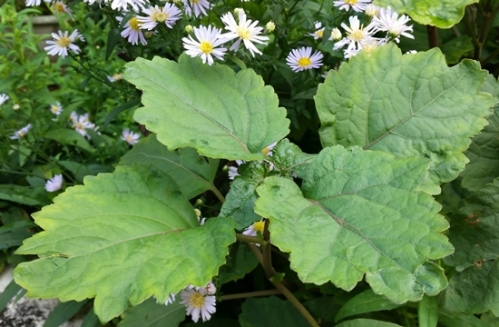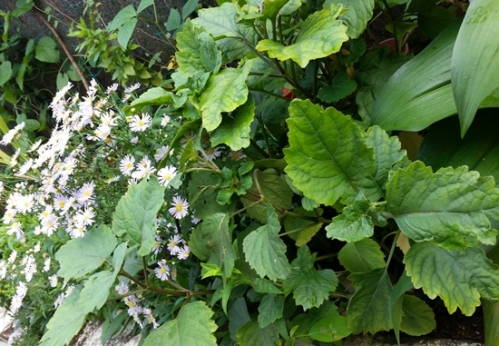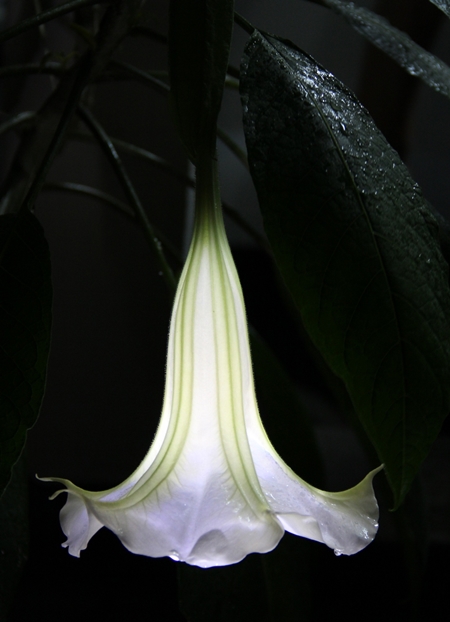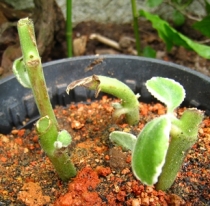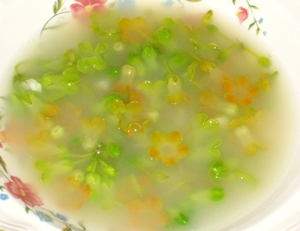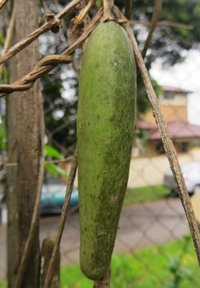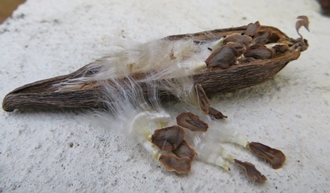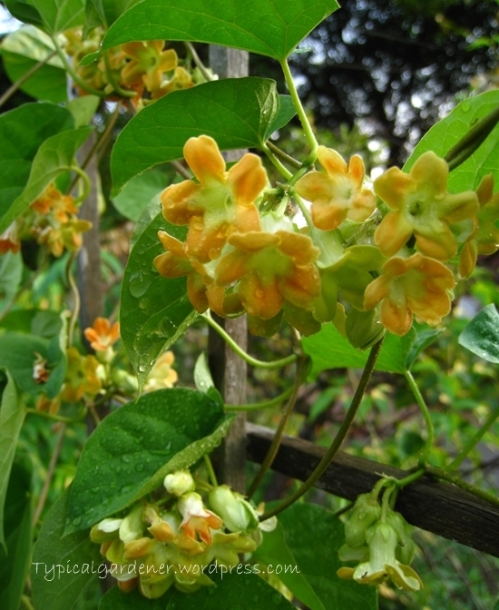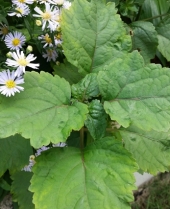 Our guide at the French perfumery talked us through the distillation process of perfumes and essential oils from flowers and plants.
Our guide at the French perfumery talked us through the distillation process of perfumes and essential oils from flowers and plants.
One stood out in particular – the Patchouli or Pogostemon Cablin Benth. Not because it was a plant I was familiar with, but more because they said it could grow where I lived. And that was what got me started.
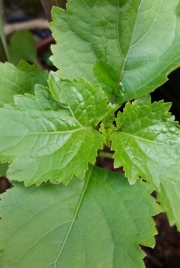 For years thereafter, every plant that looked remotely like the Patchouli came under close scrutiny. I would furtively pick the leaves hoping to get a whiff of what was supposed to be a sweet earthy scent. But each time they turned out to be fool’s gold.
For years thereafter, every plant that looked remotely like the Patchouli came under close scrutiny. I would furtively pick the leaves hoping to get a whiff of what was supposed to be a sweet earthy scent. But each time they turned out to be fool’s gold.
In retrospect, I realize how foolish I’d been. I was just fortunate none of the plants turned out to be stinging nettle or worse, or I’d have to pay for my folly.
This obsession may have carried on if not for a friend who told me that he had found the elusive Patchouli. Finally, finally …!
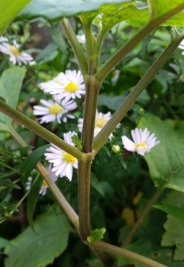 It was only a matter of time before cuttings made their way to my garden. True to form, they had square stems and ovate-eliptic shaped leaves with soft-toothed margins.
It was only a matter of time before cuttings made their way to my garden. True to form, they had square stems and ovate-eliptic shaped leaves with soft-toothed margins.
So what do I think of the Patchouli, one of the most important plants used in perfumery? Actually the fresh leaves smell ‘vague’ with none of the intensity I had expected. Since I can’t distill its perfume, I’ll going to dry the leaves instead. But no, I’ve no intention of starting a home perfumery or a Patchouli farm any time soon. 🙂
Care and propagation: Partial sun; garden soil; water moderately. Propagate using cuttings.
